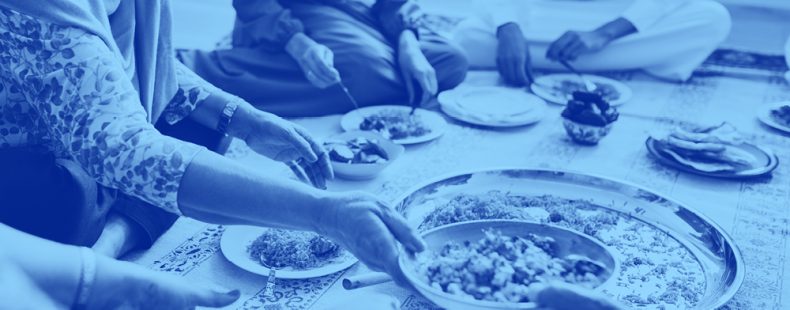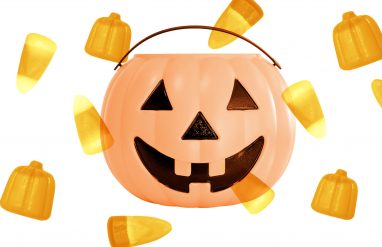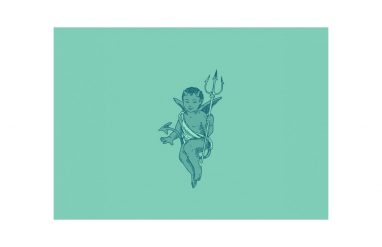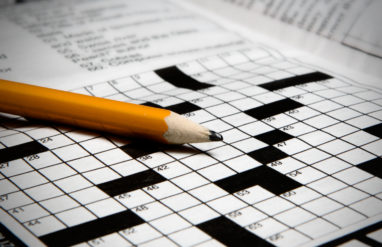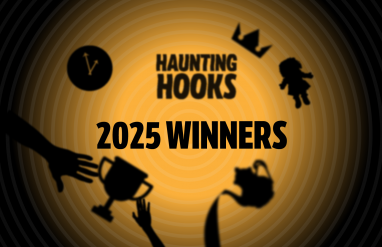Every year, Muslims around the world observe Ramadan by fasting during the daylight hours for 30 days. It’s a tradition written into the Qur’an itself, and Ramadan is one of the most important months for followers of Islam.
From when it starts (the date changes every year with respect to the Gregorian calendar) to the strict set of dietary rules for the month, here’s what you need to know about Ramadan.
What is Ramadan?
Ramadan is the ninth month of the Muslim year. The earliest record of the word Ramadan in English dates back to the late 1500s, and it comes from the Arabic word ramaḍān, which means “the hot month.” It spans for 29 to 30 days, and observers of Islam follow a strict fast from sunrise to sunset the entirety of the time. Fasting is such a central part to the month that Ramadan can also refer to the fast itself.
The month is so synonymous with fasting because it’s one of the most sacred months on the Islamic calendar. It’s believed that Laylat Al Qadr—the “Night of Power” when the Qur’an was first revealed to the Prophet Muhammad by the angel Gabriel (or Jibrīl) in the city of Mecca—happened during Ramadan in the year 610.
The 114 chapters of the Qur’an are the central religious texts of Islam and are believed to be the words of Allah, or God. Ramadan’s importance is clear in the text. The Qur’an directly states that followers should fast at the first sight of the new moon in the month of Ramadan to glorify Allah to commemorate when the Qur’an was revealed.
Ramadan is observed by many of the nearly 2 billion followers of Islam around the world.
Discover more about the history and usage of Ramadan by visiting our definition on the word.
When is Ramadan?
Though Ramadan is always the ninth month of the Muslim calendar, its date on the Gregorian calendar shifts every year. The Muslim calendar is a lunar one, which is 11 to 12 days shorter than the solar Gregorian calendar.
In 2024, Ramadan is from March 10 to April 9.
Ramadan vs. Eid
Those outside of the faith may be familiar with a celebration that happens every year around the same time as Ramadan: Eid al-Fitr. Sometimes shortened to Eid, which means “celebration,” the festival starts the evening of the day that Ramadan ends and lasts until the following evening. The name comes from the Arabic ʿīd al-fiṭr, or the festival of breaking the fast.
As the name suggests, Eid al Fitr is the end of fasting. Religious observers give thanks for the Qur’an, as well as the strength to sustain the fast of Ramadan. People generally dress up, go to the mosque or gather for a morning prayer, feast, and give money to the poor on Eid al-Fitr. Visiting family and friends in the community is another intrinsic part of celebrating.
The date depends on when Ramadan ends, so it too has a different date on the Gregorian calendar each year. In 2024, Eid al-Fitr is from the evening of April 9 until the following evening.
How do people celebrate Ramadan?
Fasting from sunrise until sunset is at the heart of Ramadan, and the Qur’an specifically states that followers should fast for the entire month. It’s not just abstaining from food and drink during the daylight hours, either. Ramadan’s fast extends to sex, too.
Fasting (a practice also known as sawm) is a way to glorify Allah, according to the Qur’an, and isn’t meant to cause hardship. Fasting commemorates the Qur’an being revealed to the Prophet Muhammad by encouraging self-discipline and religious devotion. It’s so important that fasting during daylight hours of Ramadan is one of the five pillars of Islam. The others are: belief in only one god, praying five times a day, giving alms, and making a pilgrimage to Mecca in Saudi Arabia.
Why do we call it fasting though? Find out the history of the word and practice here.
There are some exceptions to who is required to fast, however. Children are exempt, as well as travelers and the elderly, ill, and pregnant.
For those who can partake, there’s a pre-dawn breakfast before the first prayer of the day, and then an evening meal after the sunset prayer. Dates, the oblong, fleshy fruit of the date palm, hold a special place in these meals as the first thing to eat at night. It’s said the Prophet Muhammad broke his fast with dates. Other traditional dishes served to break the fast depend on where people are observing, though stews, salads, stuffed grape leaves, and fresh juices are common.
The end of Ramadan is followed by Eid al-Fitr, when people gather, pray, and eat. The Qur’an states that followers who missed fasting days because of travel or illness can make them up later. For those who completed their fasting days, it’s 11 months on the lunar calendar until it’s once again time to honor Allah through a month of daytime abstinence.
